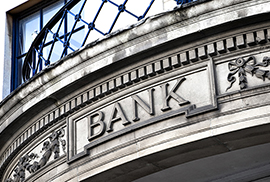Note available here.
This insight provides an update on how Global Credit Markets have been affected by the Covid-19 crisis. We focus on sovereign borrowers world-wide, extracting from Credit Default Swap (CDS) spreads, market-implied probabilities of default and then mapping these into letter-grade ratings. We also examine the industry sector impact of the crisis by inferring representative default probabilities for firms in different sectors from equity and leverage data.
(The detailed methodology for these measures have been published in earlier Risk Control insights. We believe in the use of fully transparent methodologies.)
Our techniques yield timely and high informative measures of what is happening in credit markets round the world.
On real-time sovereign ratings, our key conclusions are:
1. Overall, sovereign credit quality deteriorated in the first half of September (as the second wave hit) but then recovered to similar or higher levels than at the start of the period.
2. North America, Asia-Pacific and Latin America have current ratings similar to their pre-crisis level. Other regions, especially Africa, still have worse credit quality than before the crisis.
3. The effect of the pandemic is more persistent on countries with worse ratings.
4. The time paths of ratings for different countries exhibit significant volatility.
On industry sector probabilities of default, our key conclusions are:
1. Most sector PDs have been volatile since early September 2020 but without a consistent trend being evident.
2. Energy is the only sector for which PDs have increased consistently since early September.
3. Positive news about vaccine advances reduced the PDs of those sectors most affected by the pandemic, in particular Energy, Materials, Industrials, Financials and Real Estate.
4. Sectors that performed relatively well through the pandemic, such as IT and Biotechnologies, exhibited little reaction to the news of vaccine.
5. Consumer sectors have gradually recovered but Airlines remain under pressure.


